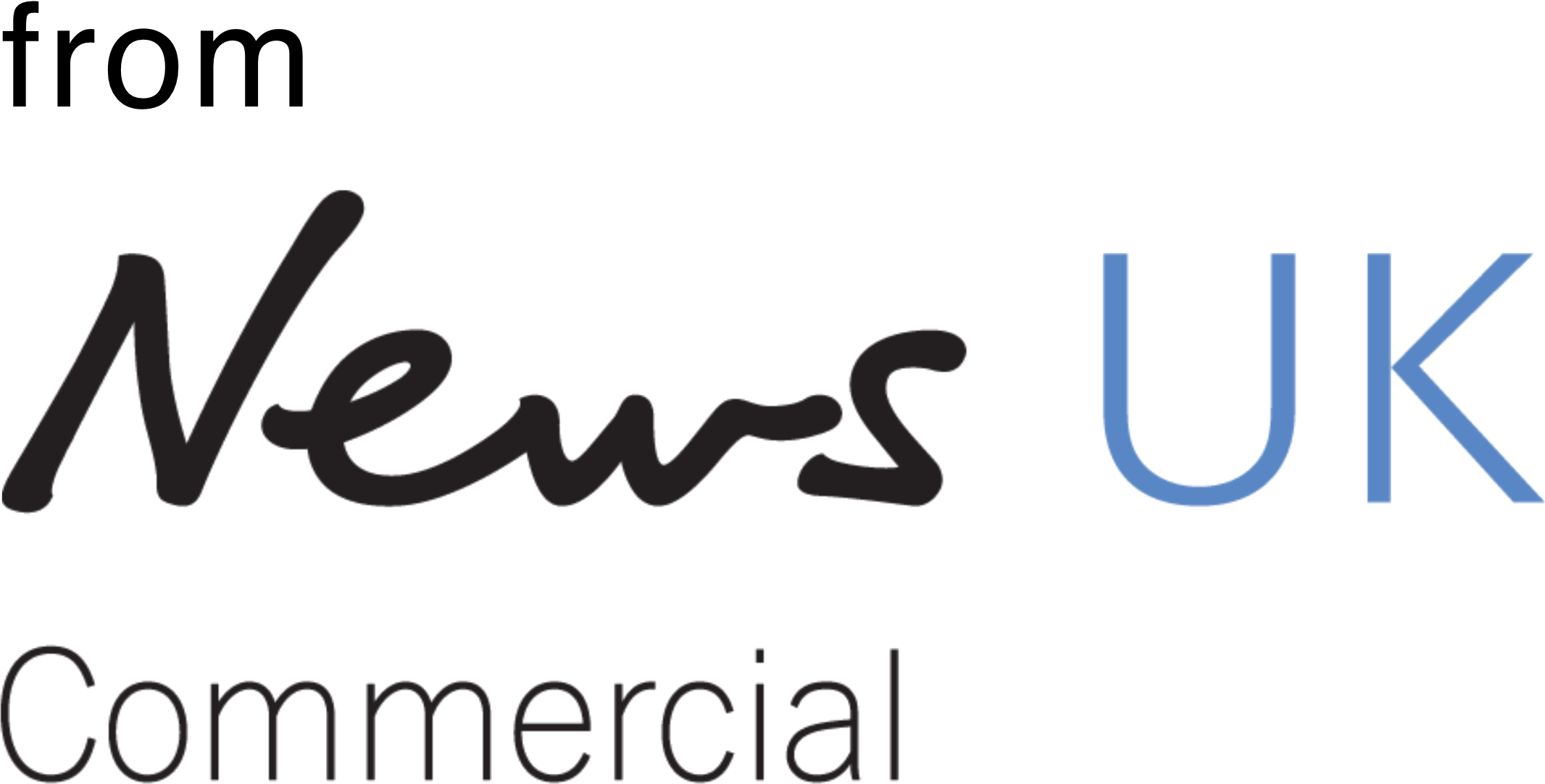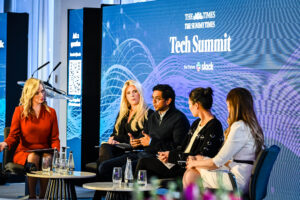If Nils Bohlin were a media planner, he would probably have injected a dose of altruism into the arm of advertising.
When the mechanical engineer invented the three-point seat belt for Volvo in 1959, the car maker didn’t covet the advancement as a competitive differentiator for itself - it gifted the patent to its rivals across the industry, saving countless lives. People came before profit.
In the last couple of years, that same imperative - doing the right thing - has also risen to the forefront of media and marketing. But, for brands, an ethical strategy and achieving best results are not a choice - they are actually one and the same.
Ethical responsibility’s boost to the bottom line has already been proven in other walks of business. A McKinsey report shows how racially-diverse businesses have 35% higher financial returns than their industry medians. So what should a media plan combining responsibility and effectiveness look like?
1. Spend in clean, well-lit environments
It has to read the room. Trust in advertising has been declining since the 1990s, and is now the lowest of all major sectors including banking and energy, according to an Advertising Association report.
Blame exploitative advertising designed for vulnerable groups, bombardment, intrusiveness and nefarious digital targeting. The programmatic age has brought great innovation to advertising - but it has also grown quickly and without regulation.
Over the years, media owners have caved to commercial pressure, packing their sites with ad tags, spewing customers' data around the web. The best interests of advertisers, consumers and content creators have been sidelined, as companies sprung up to target audiences in every way possible.
Advertisers never wanted this. They want a quality environment, and it is up to the publishing industry to deliver it.
Advertisers and the wider industry have come together through initiatives such as WFA Global Media Charter, Global Alliance for Responsible Media, Conscious Advertising Network, IAB Gold Standard and TAG to offer standard definitions for what constitutes ethical advertising. At News UK, we decided to hold ourselves to account on:
- supply chain transparency
- ethical data practices
- trusted editorial content
- responsibility
- environmental impact
- diversity and inclusion
- brand safety
But that last point merits particular focus
2. An imperative to support trust
The programmatic environment has thrown up “brand safety” concerns. Now, brands worried about accidental placement next to undesirable content can use software to eradicate content like bad news stories from their media plan.
It is true - current affairs are not always edifying. As the COVID-19 pandemic began in 2020, many advertisers stripped news sites from their plan.
But we must get away from the notion that news is not good for advertising. In fact, the opposite can be true, research conducted by the London School of Economics with News UK has showed. Congruence and context matter.
There is a reason audiences flocked to publishers at a time of need - a thirst for information from trusted sources. Far from being a negative environment, brands seeking to reassure consumers could not have picked a better platform from which to do so.
The commercial imperative to spending in media is clear. Not only do consumers consider traditional media far more trustworthy than social mediato be the most trusted, according to Edelman’s Trust Barometer, they also want brands to keep it that way - 72% say advertisers should not advertise with platforms known to propagate fake news.
3. Responsible use of tech levers
Fortunately, it is becoming easier for advertisers to buy into trust. Flags in buying platforms already allow advertisers and their agencies to vet news publishers.
There is every reason to do so. Comscore’s Halo Effect study shows premium publishers 3.5x more effective at driving brand lift, while Newsworks' Value Of Quality study shows quality exposures are 42% more cost-effective.
When it comes to individual inventory, however, publishers must be free to deliver what audiences want. Technology solutions may make it possible for brands to swerve dicey topics - but their users must allow publishers to maintain journalistic impartiality and integrity.
Rather than simply bypass news publishers that give voice to challenging stories, brands should support publishers to go on creating the content that delivers that trusted audience.
News publishers, after all, already undertake rigorous editorial and legal checks, operate in the gaze of public scrutiny and are already regulated by the Independent Press Standards Organisation (IPSO), with powers to impose penalties.
The future is bright
The imperative for us all to act responsibly is clearer than ever before. At News UK, we have been asked for our credentials on issues of responsible media countless times.
For us, preserving democracy, upholding the truth and respecting the opinions of others are almost incentive enough to do the right thing.
But car safety is not brand safety. Our industry does not have to make Volvo’s choice between preserving its advancement for itself and giving it away. In media, acting responsibly is better for business, better for the reader and the customer, better for society as a whole.
It is the collective role of premium publishers to make it easy for advertisers to do the right thing. We have work to do, and that is why publishers are coming together through the Ozone Project to achieve it.
We believe the next phase of programmatic advertising and its maturation into a universal means of transaction gives us an opportunity to retain the benefits and cast aside the mistakes made during its youth.
We stand at an intersection that will shape the future of content consumption and the availability of reliable information for society as a whole.



 News UK
News UK 






